

|
|
|


|
Tamiya German Tiger I Early Production - RTR - 23686 (Radio Controlled Model Review)1/16 Scale Electric Tank -
Released by Tamiya on June 1, 2012, the German Tiger I Early Production (# 23686) is the Factory Finished, Limited Edition RTR version.
▼ Scroll Down for More Images ▼
Rating: 4
|








|
|
|

|
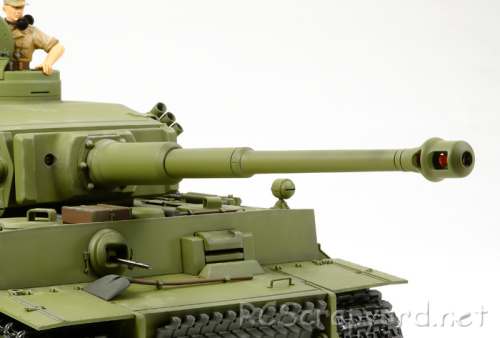
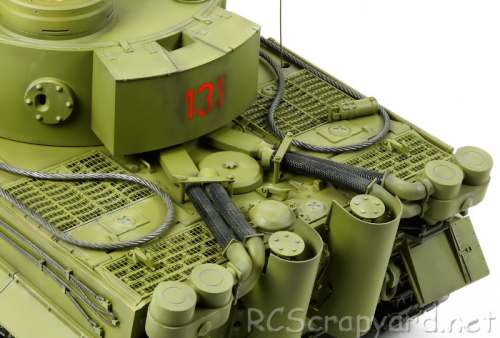
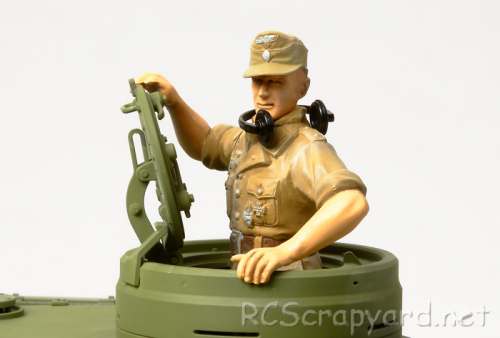
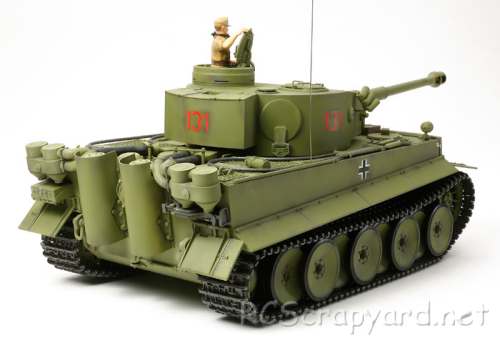
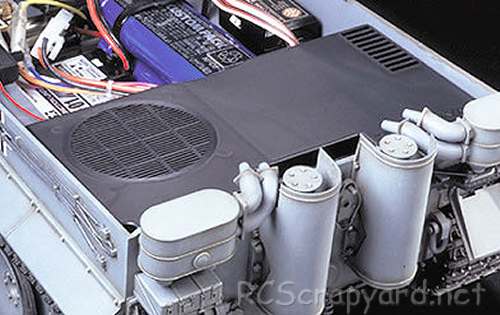
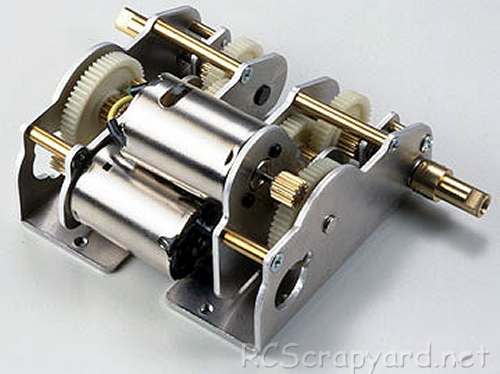
|
Hints, Tips and Information
How to avoid Radio Interference
1/ The first consideration when installing your Receiver into your Electrically Powered Model is to make sure it is well away from the Negative Battery terminal, and the Motor. The Magnetic field can cause stuttering type interference at times of high current draw (i.e., Fast Acceleration) |









|






|
|
|
|
Hints, Tips and Information
Getting into RC
When I first got into racing RC, all I had was a three year old clapped out Tamiya Boomerang, a silver can stock motor, three step mechanical speed controller, two 1400Mah stick batteries and basic Acoms stick transmitter. |
|
Hints, Tips and Information
Painting a Lexan Body Shell.
Most RC Model kits come with an unpainted, clear Lexan plastic Body Shell you yourself must prepare and paint. This type of Body Shell is painted on the inside, and special spray or brush on Polycarbonate Paints MUST be used.
|
|
RC Models:
|
Radio & Motors: |
Other
Accessories: |